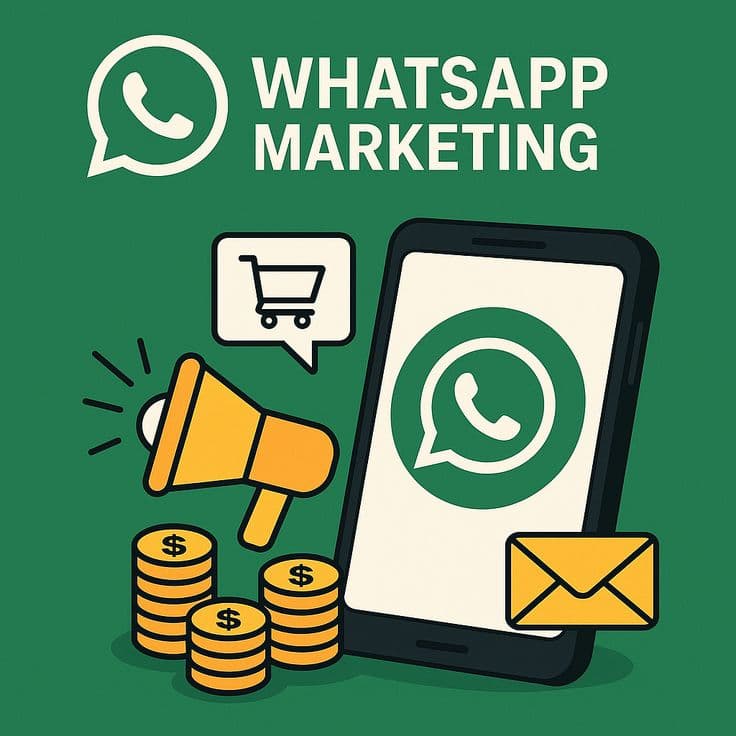“Why Introducing Ads on WhatsApp Could Be a Strategic Win — and What It Needs to Succeed”
Congress
2.5m views•15k• 39k comments
1. Introduction (≈200 words)
- Hook: A snapshot of WhatsApp’s market dominance (2+ billion users, daily usage, global reach).
- Context: WhatsApp continues to grow, yet remains free and ad‑free—unlike most global social platforms.
- Thesis: With user growth plateauing and Meta’s monetization strategies evolving, WhatsApp showing ads is not just plausible—it could unlock new value if done right.
2. Background: WhatsApp & Meta’s Monetization Journey (≈300 words)
- WhatsApp’s roots: Ad-free ethos, focus on user privacy, subscription-free model.
- Meta’s monetization trend: Ads on Facebook, Instagram; Reels; monetization of Messenger.
- Why WhatsApp has resisted so far: strong privacy culture, end‑to‑end encryption, potential backlash.
3. The Business Case for Ads on WhatsApp (≈400 words)
- Revenue diversification: Ads offer new income streams, balancing reliance on Facebook/Instagram.
- Monetizing scale & data: With billions on platform, even modest ad loads yield stable cash flow.
- Opportunity cost: Without ads, Meta leaves potential earnings on the table amid rising ad-blocking and regulatory uncertainties.
Market comparison: Telegram is exploring premium tiers; Signal and smaller messaging apps consider ads. WhatsApp risks falling behind.
4. Potential Advertising Models for WhatsApp (≈500 words)
Explore different ad approaches and evaluate each:
a) Status/Tory Ads
- Placement: Positioned between “Status” updates.
- Pros: Non-intrusive, similar to Instagram Stories ads.
- Cons: User experience risk, importance of relevance & frequency.
b) Business Inbox Ads / Sponsored Messages
- Mechanics: Businesses pay to send promotional messages to users—but ideally only after consent or interaction.
- Pros: Clear ROI, targeted outreach.
- Cons: Could invite spam animals without strong user controls.
c) Contextual In‑Chat Ads (Subtle banners)
- Placement: Small banner at top/bottom of chat window occasionally.
- Pros: Minimal interference.
- Cons: Relevancy critical; easy to ignore or trigger ad blockers.
d) Integrations with Facebook/Instagram
- Unified campaigns: Run a single ad campaign across Meta platforms including WhatsApp.
- Pros: Smooth ad-buying, unified metrics.
- Cons: Privacy skepticism; needs transparency in targeting.
5. Privacy, Encryption & User Trust (≈400 words)
- Encryption concern: Ads must not compromise end‑to‑end encryption.
- Data handling: Any ad-targeting data must be client‑side or reliant on user opt‑in.
- Transparency and choice: Vital to let users “opt out” or control ad settings.
- Privacy-first ad strategies: Use anonymized, aggregated signals; context-based ads rather than behavioral profiling.
6. User Experience & Ethical Considerations (≈300 words)
- Avoiding spam and clutter: Frequency caps, quality control for advertisers.
- Ad relevance: Ensuring ads align with user needs and interests.
- Ethics: Respecting minors, sensitive content, avoiding manipulative formats.
7. What Users Should Expect (≈200 words)
- Gradual rollout: Start in a few countries, refine based on feedback.
- Opt-in experiments: e.g., “Get exclusive deals in Status” vs default off.
- User control: Settings panel for ad topics, data sharing, mute/unsubscribe.
8. Impact on Meta & Broader Digital Ecosystem (≈200 words)
- Meta’s bottom line: incremental revenue, stronger ad ecosystem.
- Competitive pressure: WhatsApp proves for messaging apps.
- Industry trends: Aligns with broader shift toward privacy-respecting ads (Apple’s App Tracking Transparency, Google’s Privacy Sandbox).
9. Case Studies & Comparables (≈200 words)
- Instagram Stories: leveraged full‑screen, engaging format.
- Facebook Messenger: limited experiments with sponsored messages.
- WeChat Connects: taps mini‑programs instead of conventional ads.
- Telegram & Signal trends: limited monetization efforts that showcase user reaction.
10. Conclusion & Recommendations (≈200 words)
- Summary: Ads on WhatsApp can be a win if done thoughtfully, with privacy and UX at the core.
- Recommendations:
- Launch Status-based ads first.
- Prioritize transparent, opt‑in privacy model.
- Limit ad frequency and ensure relevance.
- Provide granular control for users and businesses.
- Final thought: Done right, it’s a rare opportunity to innovate ad formats in one of the world’s most-used platforms.